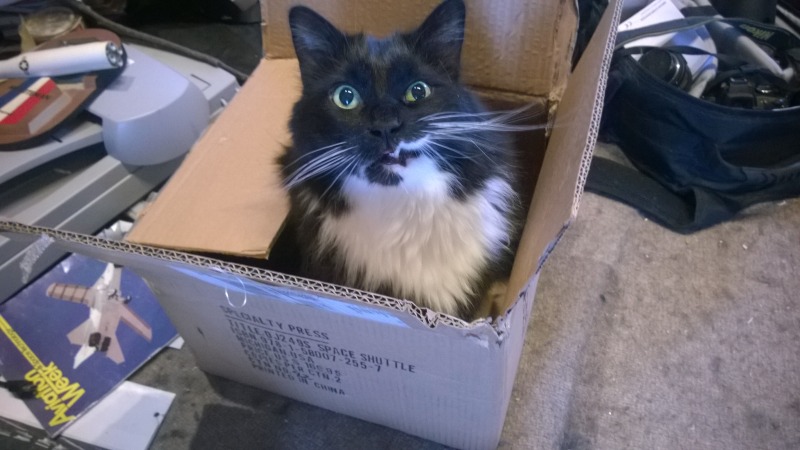Some more of what you don’t want to see your rocket doing.
Soviet N-1:
Titan IV:
Delta II:
Soyuz:
Ariane V:
Years ago I worked for a self-important egotistical jackass who thought that the way to create progress in the field of aerospace engineering was to hide from failures, to disappear all evidence of such, to pretend they didn’t happen. When you have ten-pound chunks of twisted aluminum zipping past your head at a reasonable fraction of the speed of sound, it makes you sit up and take notice, and it makes you want to make that not happen again. And the *best* way to prevent future disasters is to learn from past disasters. And you don’t learn from them by trying to pretend they didn’t happen.
With rockets, failures are often quite spectacular. And few things make PR people more unhappy than spectacular failures. But PR people do not fix problems with the design or manufacture of rockets; that’s for the scientists, engineers and technicians. And they need to see the fails, and be reminded of the fails. And in areas of engineering that are leading edge… they kinda need to *revel* in the fails. Failure is where you learn.




















